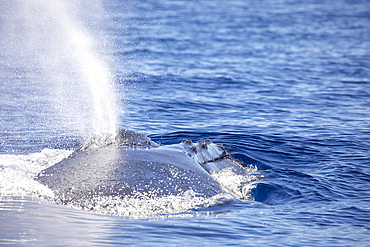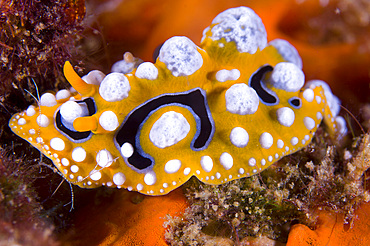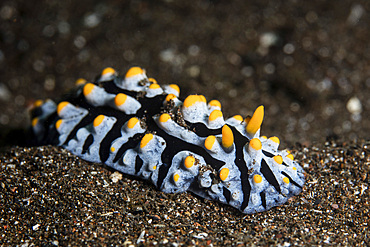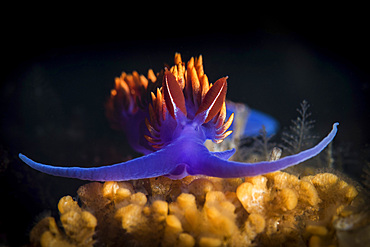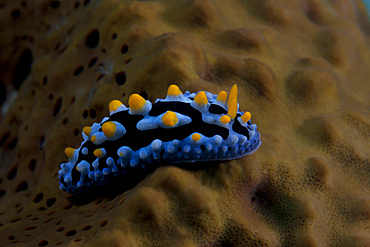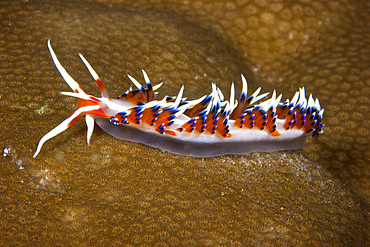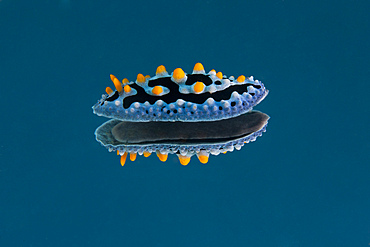Results
1 results found

Humpback whale, Megaptera novaeangliae, showing its tubercles while surfacing near the Antarctic Peninsula, Antarctica.
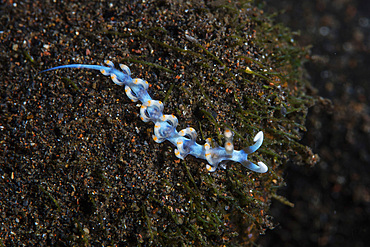
A bi-color flabellina nudibranch, Flabellina bicolor, crawls across a black sand seafloor in Alor, Indonesia.
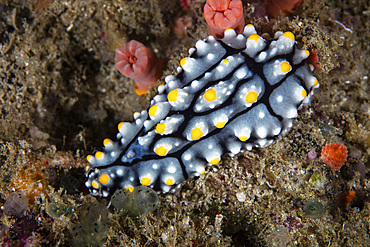
A vibrant nudibranch, Phyllidia sp., feeds on sponges on a coral reef in the remote, tropical islands of Raja Ampat, Indonesia.
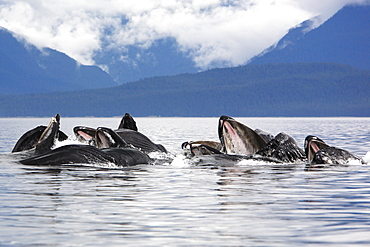
Humpback whales (Megaptera novaeangliae) co-operatively "bubble-net" feeding (note the baleen hanging from the upper jaws) Chatham Strait, Southeast Alaska, USA. Pacific Ocean.
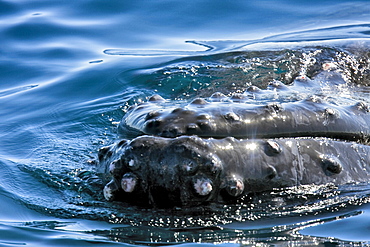
Humpback whale (Megaptera novaeangliae) rostrum detail showing the tubercles ("stove bolts") near the Gorda Banks in the Gulf of California (Sea of Cortez), Baja California Sur, Mexico
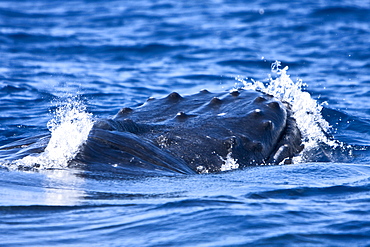
An adult male (note the bloody tubercles from fighting for mates) humpback whale (Megaptera novaeangliae) in the AuAu Channel, Hawaii, USA
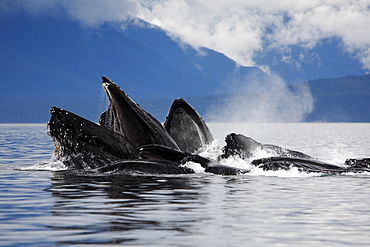
Humpback whales (Megaptera novaeangliae) co-operatively "bubble-net" feeding (note the baleen hanging from the upper jaws) Chatham Strait, Southeast Alaska, USA. Pacific Ocean.
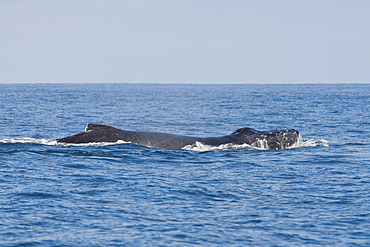
Male Humpback Whale, Megaptera novaeangliae, the tubercles on its head are bloodied from fighting with other males whilst in pursuit of a female, Costa Rica, Pacific Ocean.

Humpback Whales (Megaptera novaeangliae) co-operatively bubble-net feeding in Stephen's Passage, Southeast Alaska, USA. Pacific Ocean.
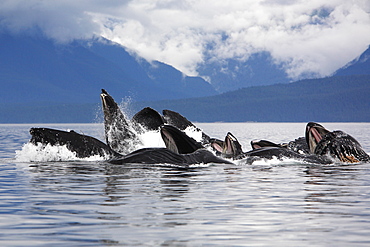
Humpback whales (Megaptera novaeangliae) co-operatively "bubble-net" feeding (note the baleen hanging from the upper jaws) Chatham Strait, Southeast Alaska, USA. Pacific Ocean.

A look at the bump-like knobs known as tubercles on the top of the head of a Humpback whale (Megaptera novaeangliae). Each protuberance contains at least one stiff hair. The purpose of these hairs is not known, though they may provide the whale with a sense of 'touch', Hawaii, United States of America
